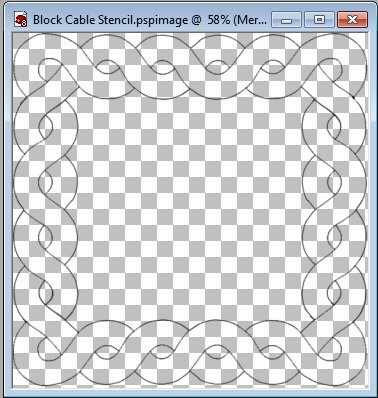
As a corollary, the minimum width for any line feature must necessarily be one cell regardless of the actual width of the feature.

Therefore, there is a general assumption that all zero-dimensional (point) and one-dimensional (line) features will be located toward the center of the cell. As one might expect, if a 1 km resolution raster image contains a river or stream, the location of the actual waterway within the “river” pixel will be unclear. The third property of the raster data model is that points and lines “move” to the center of the cell. In the case of a land-use/land-cover raster graphic, the following rule may be applied: 1 = grassland, 2 = agricultural, 3 = disturbed, and so forth ( Figure 4.4 "Land-Use/Land-Cover Raster Image"). In the case of qualitative datasets, data values are indices that necessarily refer to some predetermined translational rule. For example, if a raster image denotes elevation, the data values for each pixel would be some indication of elevation, usually in feet or meters. In the case of quantitative datasets, attribute assignation is fairly straightforward. Second, a cell can hold any alphanumeric index that represents an attribute. Often, an arbitrary, readily identifiable value (e.g., −9999) will be assigned to pixels for which there is no data value. Furthermore, if no data are present for a given pixel, a data value placeholder must be assigned to this grid cell. First, each pixel must hold at least one value, even if that data value is zero. Imagery employing the raster data model must exhibit several properties. Rather, the pole would be assumed to be located somewhere within that cell (typically at the center). For example, if the location of telephone poles were mapped on a coarse raster graphic, it would be clear that the entire cell would not be filled by the pole. In the case of raster graphics with coarse spatial resolution, the data values associated with specific locations are not necessarily explicit in the raster data model. An effective pixel resolution will take both the map scale and the minimum mapping unit of the other GIS data into consideration. A raster model with pixels representing 10 m by 10 m (or 100 square meters) in the real world would be said to have a spatial resolution of 10 m a raster model with pixels measuring 1 km by 1 km (1 square kilometer) in the real world would be said to have a spatial resolution of 1 km and so forth.Ĭare must be taken when determining the resolution of a raster because using an overly coarse pixel resolution will cause a loss of information, whereas using overly fine pixel resolution will result in significant increases in file size and computer processing requirements during display and/or analysis. Specifically, resolution is determined by measuring one side of the square pixel. of the raster model from which it is derived. The area covered by each pixel determines the spatial resolution The smallest distance between two adjacent features that can be detected in an image. Therefore, the more area covered per pixel, the less accurate the associated data values. The raster model will average all values within a given pixel to yield a single value. The advance of computer technology has made this second methodology increasingly feasible as large datasets are no longer constrained by computer storage issues as they were previously.

Alternatively, the raster graphic can reference a database management system wherein open-ended attribute tables can be used to associate multiple data values to each pixel. The data type for that cell value can be either integer or floating-point ( Chapter 5 "Geospatial Data Management", Section 5.1 "Geographic Data Acquisition").

Each cell in a raster carries a single value, which represents the characteristic of the spatial phenomenon at a location denoted by its row and column. Typically, a single data value will be assigned to each grid locale.
#Basic building blocks of raster graphics editor series
Geological Survey, Earth Resources Observation and Science (EROS) Center, Sioux Falls, SD.īecause of the reliance on a uniform series of square pixels, the raster data model is referred to as a grid-based system.


 0 kommentar(er)
0 kommentar(er)
